Creating the perfect habitat for reptiles requires careful consideration of both heating and lighting elements. Unlike mammals, reptiles are ectothermic, meaning they rely on external heat sources to regulate their body temperature and maintain metabolic functions. Additionally, proper lighting not only illuminates their environment but also provides essential UV radiation needed for vitamin D synthesis and calcium metabolism. Whether you’re a first-time reptile owner or looking to upgrade your current setup, understanding the specific heating and lighting requirements for your scaled friend is crucial for their health, well-being, and longevity. This comprehensive guide will walk you through everything you need to know to create the optimal thermal and lighting environment for your reptilian companion.
Understanding Reptile Thermoregulation Needs
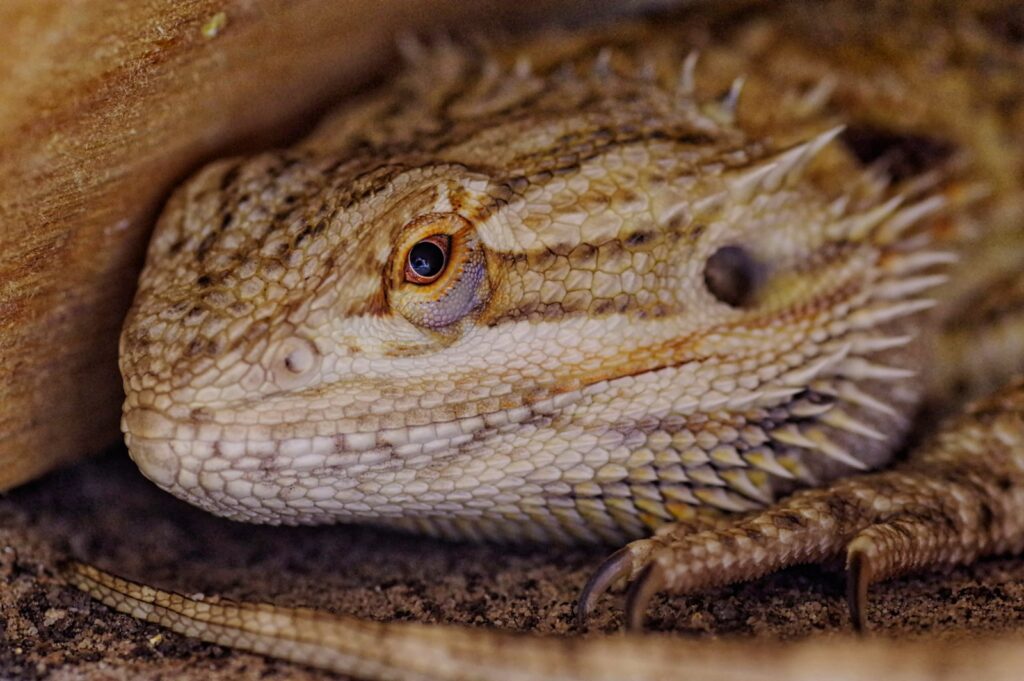
Reptiles have evolved over millions of years to thrive in specific temperature ranges that vary widely depending on species and their native habitats. Unlike humans and other mammals, reptiles cannot generate their own body heat internally and must instead move between warmer and cooler areas to regulate their temperature—a process known as thermoregulation. This behavioral adaptation is critical for proper digestion, immune function, and overall metabolic health. When kept in captivity, reptiles must be provided with a thermal gradient—a range of temperatures within their enclosure—that allows them to self-regulate by moving between warmer and cooler zones. Without this temperature variation, reptiles can suffer from serious health issues including digestive problems, immunosuppression, and even death. Creating this gradient requires understanding both the specific temperature requirements of your species and implementing the right heating equipment properly.
The Importance of UVB Lighting for Reptiles
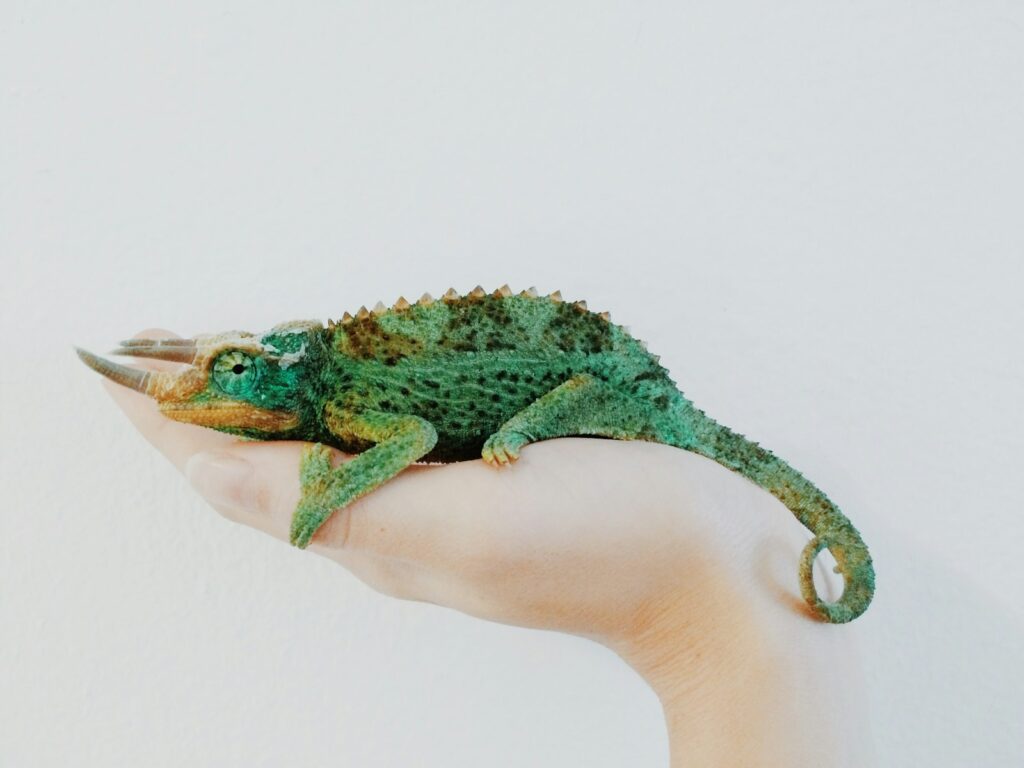
UVB (ultraviolet B) radiation plays a crucial role in reptile health by enabling the synthesis of vitamin D3, which is essential for calcium metabolism and bone development. In the wild, reptiles receive UVB radiation from direct sunlight, but in captivity, specially designed UVB bulbs must replicate this natural exposure. Without adequate UVB, reptiles can develop metabolic bone disease (MBD), a serious condition characterized by soft, deformed bones, muscle weakness, and in severe cases, paralysis or death. Different reptile species require varying levels of UVB exposure based on their natural habitats—desert-dwelling species typically need higher UVB levels than those from forested environments. It’s important to note that regular glass and plastic filter out UVB rays, so these bulbs must be positioned correctly within the enclosure without barriers that could block the beneficial radiation.
Different Types of Heating Elements
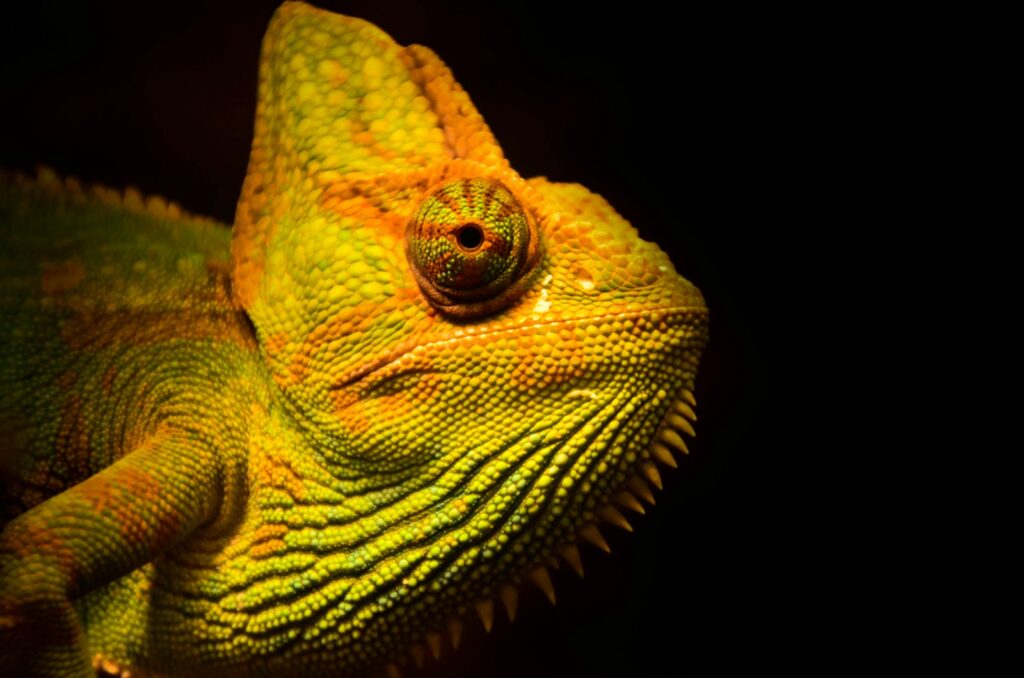
The market offers numerous heating options for reptile enclosures, each with specific advantages and applications. Under-tank heaters (UTHs) or heat mats provide belly heat by warming the substrate from below, which is particularly beneficial for species that naturally absorb heat from warm surfaces in their environment. Ceramic heat emitters produce infrared heat without light, making them ideal for 24-hour heating without disrupting the day-night cycle. Heat lamps combine heating and lighting functions but should be used primarily during daylight hours to maintain natural circadian rhythms. Radiant heat panels mount to the ceiling of larger enclosures and provide efficient overhead heating for larger species. Deep heat projectors offer focused heat penetration similar to natural sunlight without producing visible light. For species with specialized needs, heat rocks (though controversial due to potential burn risks) and heat cables provide targeted warming zones. Selecting the appropriate heating element depends on your specific reptile’s needs, enclosure size, and ambient room conditions.
Selecting the Right UVB Bulbs
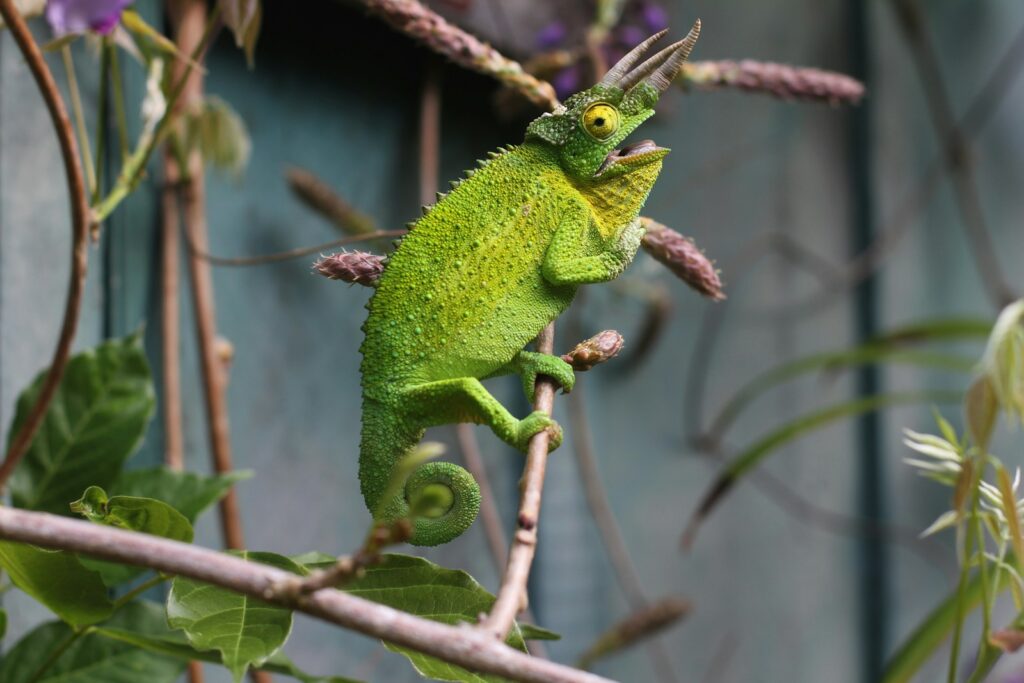
Choosing appropriate UVB lighting for your reptile involves understanding both the intensity and spectrum needed for your specific species. UVB bulbs are typically categorized by their output percentage (such as 5.0, 10.0, or 12.0), with higher numbers indicating stronger UVB output suitable for desert-dwelling reptiles like bearded dragons and uromastyx. Tube-style fluorescent UVB bulbs provide more even distribution across the enclosure and are preferred for larger habitats, while compact fluorescent UVB bulbs work well in smaller setups. Mercury vapor bulbs combine UVB output with heat, serving dual purposes but requiring careful placement to avoid overheating. Modern LED UVB technology is emerging as an energy-efficient alternative, though currently at a higher price point. All UVB bulbs degrade over time—even when they still produce visible light—and should typically be replaced every 6-12 months depending on manufacturer specifications to ensure they continue providing adequate UVB radiation. Testing with a UV meter can help confirm your bulbs are providing appropriate levels of radiation for your reptile’s health.
Creating Temperature Gradients in Enclosures
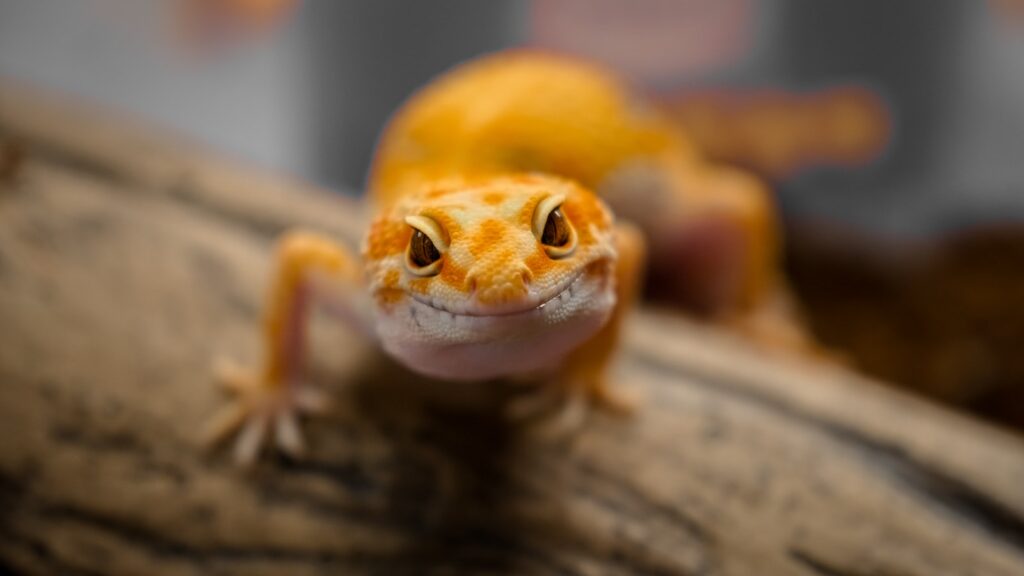
A proper temperature gradient is essential for allowing reptiles to thermoregulate effectively by moving between warmer and cooler areas as needed. This gradient should include a basking spot at the warm end that reaches the appropriate high temperature for your species, a middle zone with moderate temperatures, and a cool end where your reptile can retreat if needed. For most species, this means creating a difference of 10-20°F between the warm and cool sides of the enclosure. Strategic placement of heating elements is crucial—typically, heat sources should be positioned at one end of the enclosure to create this natural gradient. Using multiple thermometers placed at different locations within the habitat is vital for monitoring that the gradient remains appropriate. The size and shape of your enclosure will influence how effectively you can establish this gradient, with longer enclosures generally allowing for better temperature differentiation than tall, vertical setups. Proper substrate depths can also help insulate and maintain these temperature zones more effectively.
Day vs. Night Temperature Requirements

Most reptiles benefit from a natural temperature cycle that includes a nighttime drop, mimicking their native habitat conditions. During daylight hours, provide the full temperature gradient including the warmest basking spot appropriate for your species. At night, allow temperatures to drop by approximately 5-10°F throughout the enclosure, but never below the minimum safe temperature for your specific reptile. For many tropical species, nighttime temperatures should remain above 65-70°F, while desert species often tolerate and even require cooler night drops. If your home gets too cold at night, nighttime heat sources such as ceramic heat emitters, deep heat projectors, or radiant heat panels that don’t emit light can maintain appropriate temperatures without disrupting sleep cycles. Programmed thermostats and timers can automate these day-night temperature shifts, ensuring consistency even when you’re not home. This natural cycling of temperatures supports proper hormone regulation, metabolism, and immune function in captive reptiles.
Basking Spots: Temperature and Setup
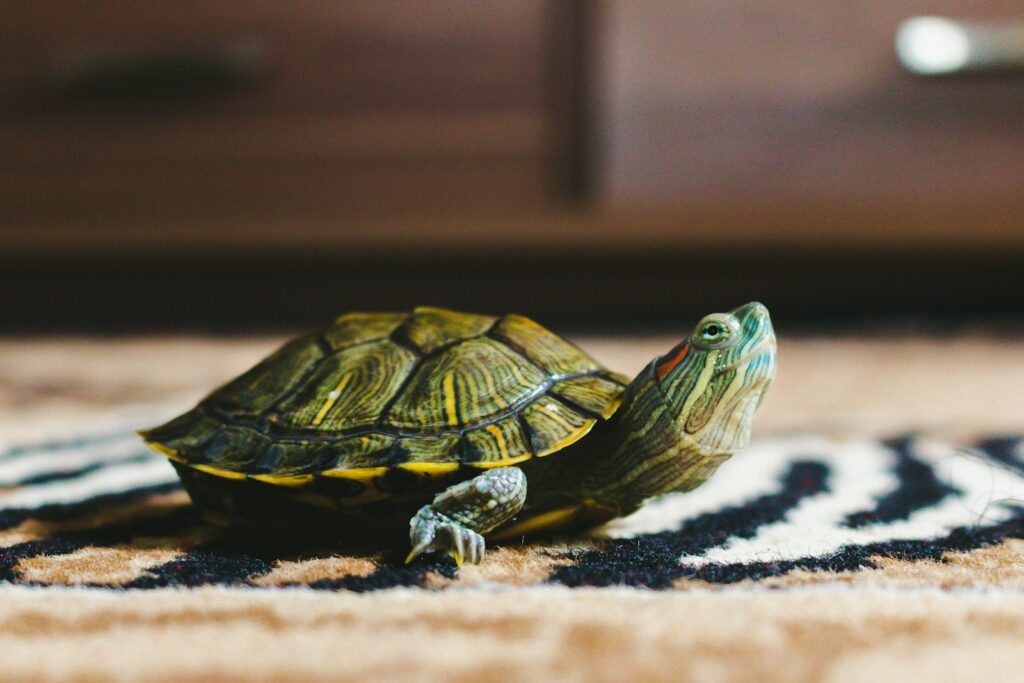
Basking spots are crucial elements in reptile enclosures that provide concentrated heat zones where reptiles can raise their body temperature quickly for optimal metabolic function. The ideal basking temperature varies significantly between species—for example, bearded dragons typically require basking spots of 95-105°F, while some tropical species may need lower temperatures around 85-90°F. Creating an effective basking area involves more than just a heat source; it requires appropriate basking surfaces such as flat rocks, branches, or commercial basking platforms positioned at the correct distance from the heat source. These materials should be able to absorb and retain heat effectively, providing both direct and indirect (re-radiated) heat to the reptile. The height and distance of basking spots should allow the reptile to get closer to or further from the heat source as needed for fine-tuned thermoregulation. For arboreal species, vertical basking spots at different heights can create multiple temperature zones for more natural behavior opportunities.
Monitoring and Controlling Temperature and Light
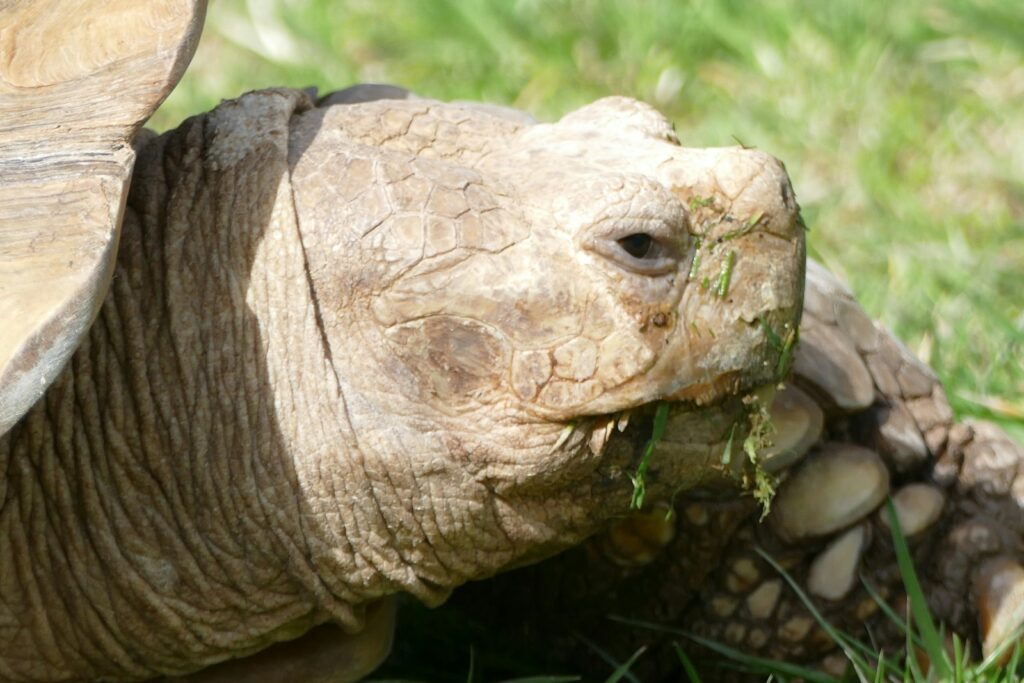
Reliable monitoring systems are essential for maintaining appropriate conditions in reptile enclosures. Digital thermometers with probe sensors provide more accurate readings than analog thermometers and should be placed at both the warm and cool ends of the enclosure, as well as directly at the basking spot. Infrared temperature guns allow for instant spot-checking of surface temperatures throughout the habitat. For humidity-sensitive species, hygrometers should be incorporated to monitor moisture levels. Thermostats are crucial safety devices that prevent overheating by automatically controlling heating elements—proportional thermostats that gradually adjust power are preferred over simple on/off models that create temperature fluctuations. For lighting, timers ensure consistent day-night cycles that support natural behavioral and physiological rhythms. More advanced controllers can coordinate multiple aspects of the environment, including creating dawn/dusk transitions or seasonal variations in day length. Regular monitoring and record-keeping can help identify potential issues before they become serious problems for your reptile’s health.
Species-Specific Requirements: Desert Reptiles
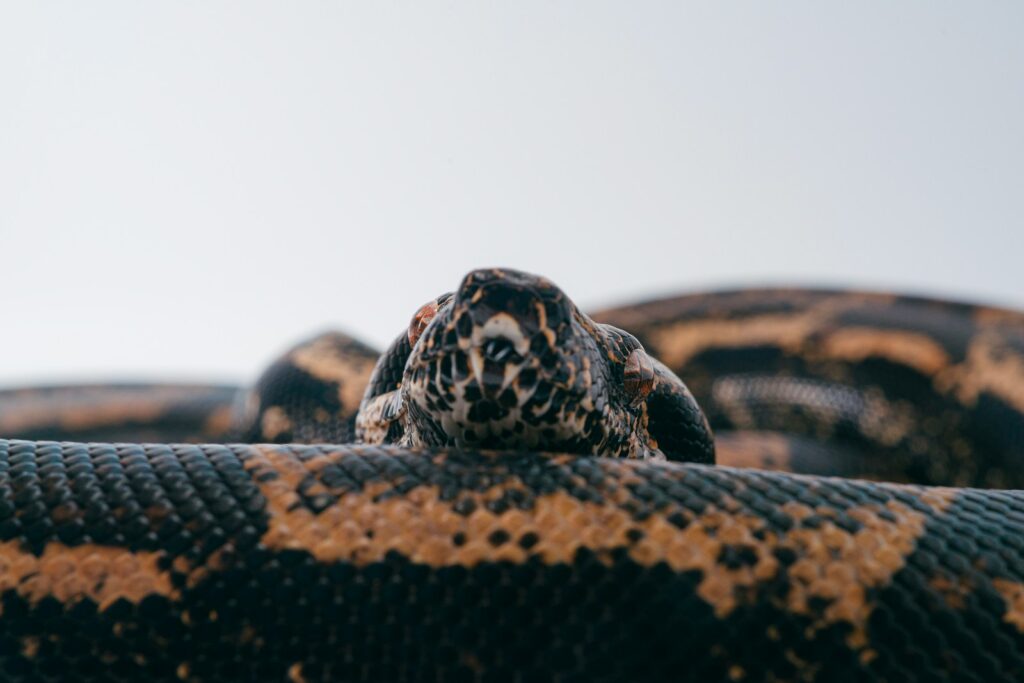
Desert-dwelling reptiles such as bearded dragons, uromastyx, and leopard geckos have evolved to thrive in environments with intense sunlight and significant temperature fluctuations. These species typically require higher UVB output (10.0-12.0) and hotter basking spots ranging from 95-110°F depending on the specific species. Daytime ambient temperatures should provide a gradient from the basking temperature down to around 80-85°F at the cool end. Nighttime temperatures can safely drop lower than for tropical species, often to 65-75°F. Desert species benefit from overhead heating that mimics the sun’s radiant heat, typically provided by basking bulbs, mercury vapor lamps, or deep heat projectors. Their enclosures should include open basking areas with minimal obstruction between the UVB source and the animal. Substrate choices should reflect their natural habitat and can include sand mixes, clay, or stone tiles that can store and gradually release heat. For these species, maintaining proper heat and UVB levels is generally more critical than high humidity, which should typically be kept lower (30-40%) than for tropical reptiles.
Species-Specific Requirements: Tropical Reptiles
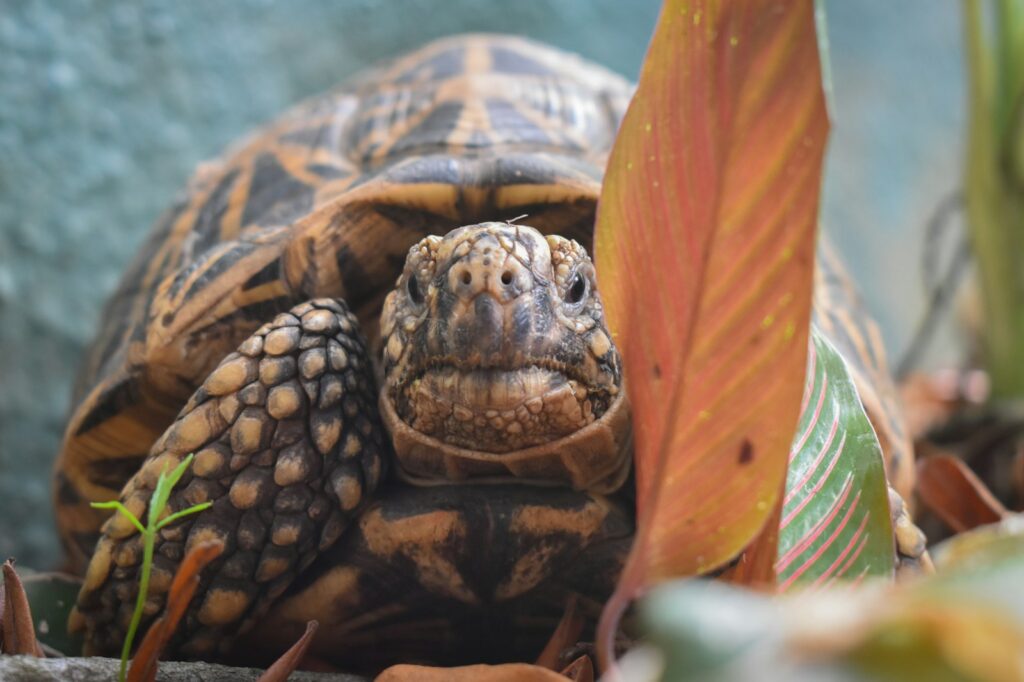
Tropical reptile species such as crested geckos, chameleons, and many snake species come from humid, often densely vegetated environments where direct sunlight may be filtered through canopy. These species typically require more moderate UVB exposure (5.0-7.0 range) and lower basking temperatures, generally between 82-92°F depending on the species. The ambient temperature gradient should be maintained with the cool end around 75-80°F for most tropical species. Unlike desert reptiles, tropical species often require higher humidity levels (50-80% or higher for some species) and may benefit from misting systems or foggers to maintain appropriate moisture levels. Heating and lighting setups should accommodate the vertical space many tropical species utilize, with heat and UVB gradients that extend from top to bottom in taller enclosures. For arboreal species, multiple basking locations at different heights can provide temperature choices while encouraging natural climbing behaviors. Night temperature drops should be less dramatic than for desert species, typically not falling below 70-75°F for most tropical reptiles.
Avoiding Common Heating and Lighting Hazards

Creating a safe heating and lighting system requires awareness of potential hazards that can harm your reptile. Burns are a serious risk when heating elements are improperly installed or left unprotected—all heat sources should be positioned where reptiles cannot directly contact them, using guards or placing them outside the enclosure when possible. Fire hazards can be minimized by securing all fixtures properly, using appropriate wattage for enclosure size, and employing quality thermostats to prevent overheating. Electrical safety should be ensured through proper mounting, keeping cords away from water sources, and using surge protectors. Inappropriate UVB exposure can cause eye damage or skin burns if bulbs are positioned too close or reptiles cannot escape the radiation; always follow manufacturer guidelines for proper distances and provide shade options. Sudden temperature fluctuations from equipment failure can stress or even kill sensitive reptiles, making backup heating options important, especially in colder climates. Regular equipment inspection and testing with appropriate measurement tools can help identify potential problems before they become dangerous.
Energy Efficiency and Cost Considerations
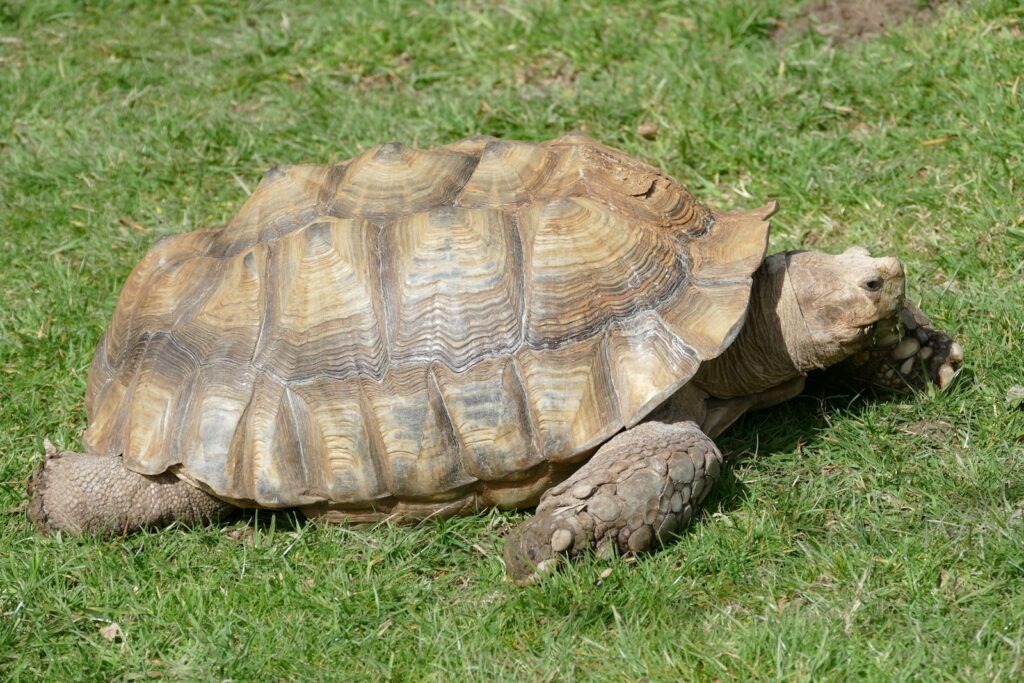
Maintaining proper reptile environments can significantly impact energy consumption and utility bills, making efficiency an important consideration. Modern LED lighting offers substantial energy savings over traditional fluorescent systems for ambient illumination, though specialized UVB LEDs remain expensive. Ceramic heat emitters and radiant heat panels typically use less electricity than incandescent heat bulbs for the same heat output, providing better long-term value despite higher initial costs. Proper insulation of enclosures can dramatically reduce energy needs—using insulation boards on exterior walls of custom enclosures or adding background materials that retain heat can help maintain temperatures with less power input. Strategic use of thermostats prevents wasted energy by cycling heating elements off when target temperatures are reached rather than running continuously. Timers ensure equipment runs only when needed rather than 24/7. When calculating the true cost of reptile keeping, factor in not just the purchase price of equipment but also replacement schedules (particularly for UVB bulbs, which need regular replacement even when still visibly functioning) and estimated energy consumption based on wattage and running times.
Seasonal Adjustments to Heating and Lighting
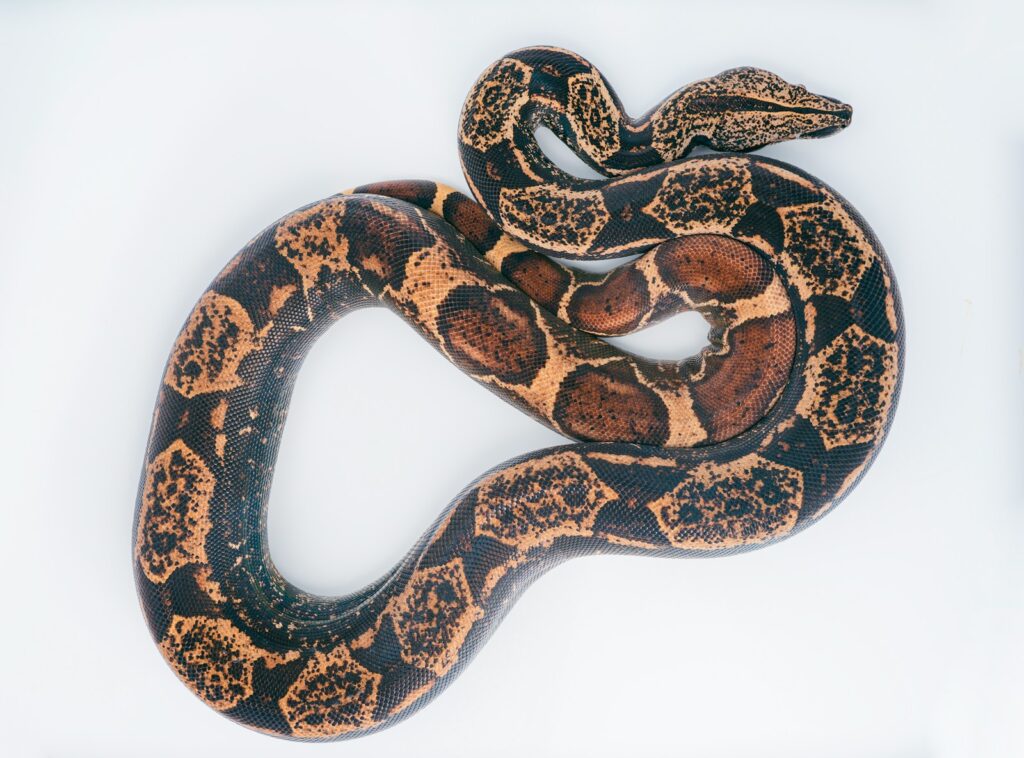
Mimicking natural seasonal variations can benefit reptile health by supporting natural physiological cycles. Many species experience seasonal changes in their native habitats that trigger breeding behaviors, brumation (a reptile form of hibernation), or other physiological responses. During summer months or for breeding stimulation, consider slightly extending daylight hours and increasing basking temperatures by 2-5°F to simulate natural seasonal peaks. Conversely, during winter months, gradually reducing daylight hours by 1-2 hours and slightly lowering overall temperatures can provide beneficial physiological rest periods for many species. For reptiles that naturally brumate, more significant temperature reductions may be appropriate under veterinary guidance, though this should only be attempted with healthy animals and proper preparation. Seasonal adjustments should always be made gradually over several weeks rather than suddenly to avoid stress. Room temperature fluctuations between seasons may require adjusting your heating setup—equipment that works perfectly in summer might be insufficient during winter months, especially in rooms with poor insulation.
Conclusion: Creating the Optimal Reptile Environment
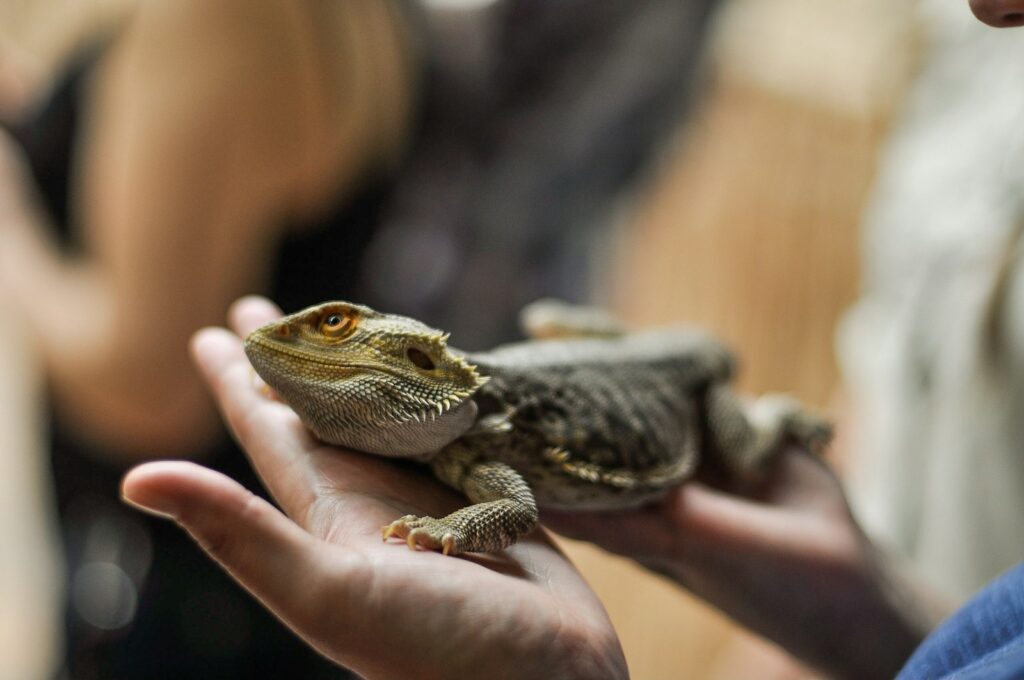
Creating the ideal heating and lighting system for your reptile enclosure requires understanding your specific species’ needs, selecting appropriate equipment, and maintaining consistent monitoring. Remember that reptiles have evolved highly specialized adaptations to their native habitats, and our goal as keepers should be to replicate these conditions as closely as possible in captivity. Investing in quality heating and lighting equipment, proper controllers, and monitoring devices is essential for long-term reptile health and well-being. Regular maintenance, including bulb replacements according to manufacturer schedules rather than visible burnout, ensures your system continues functioning optimally. While the initial setup costs may seem significant, they represent a necessary investment in your reptile’s health that will likely prevent costly veterinary bills from conditions like metabolic bone disease or thermal stress. By providing appropriate temperature gradients, UVB exposure, and day-night cycles, you create an environment where your reptilian companion can thrive for years to come, displaying natural behaviors and experiencing better overall health.



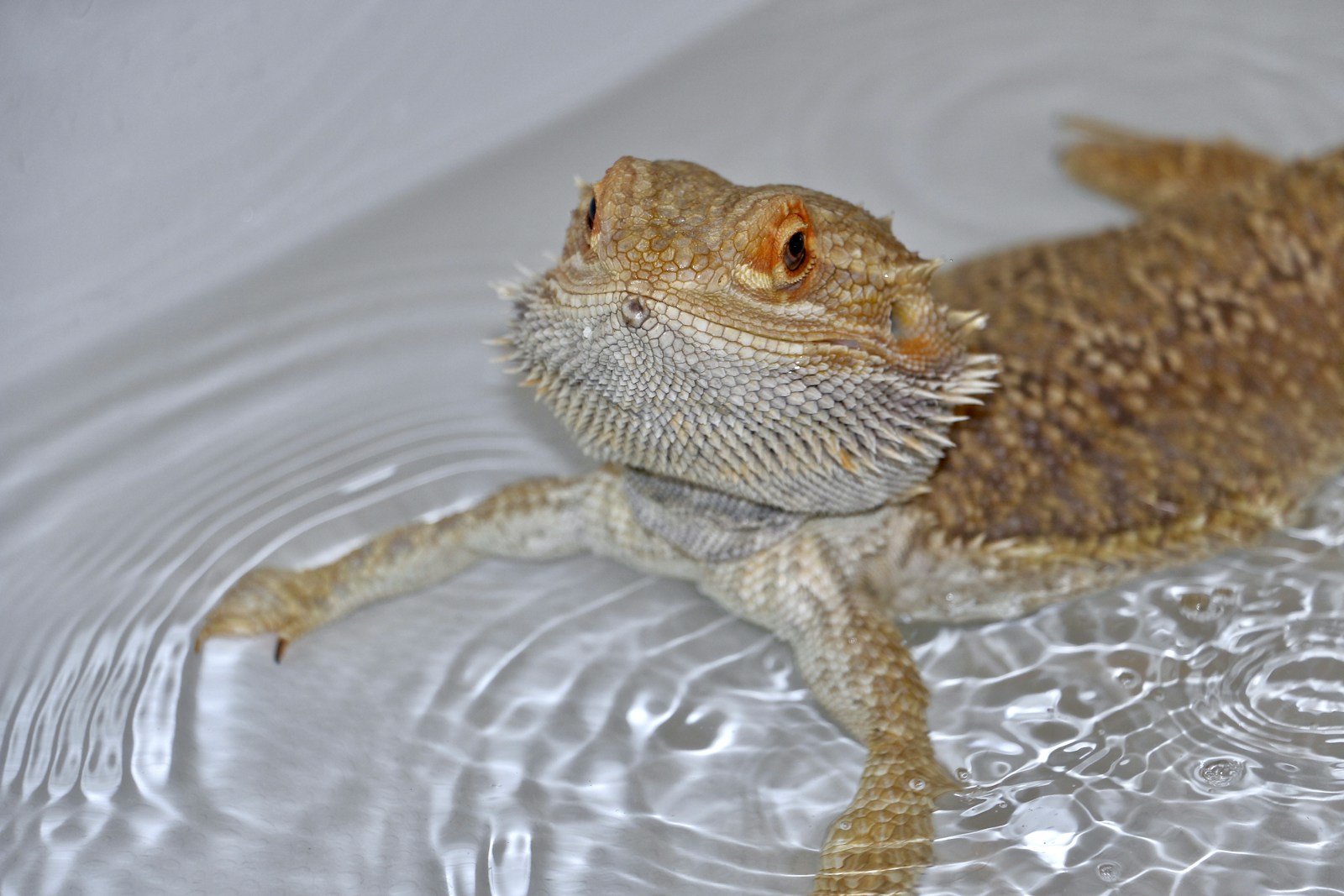
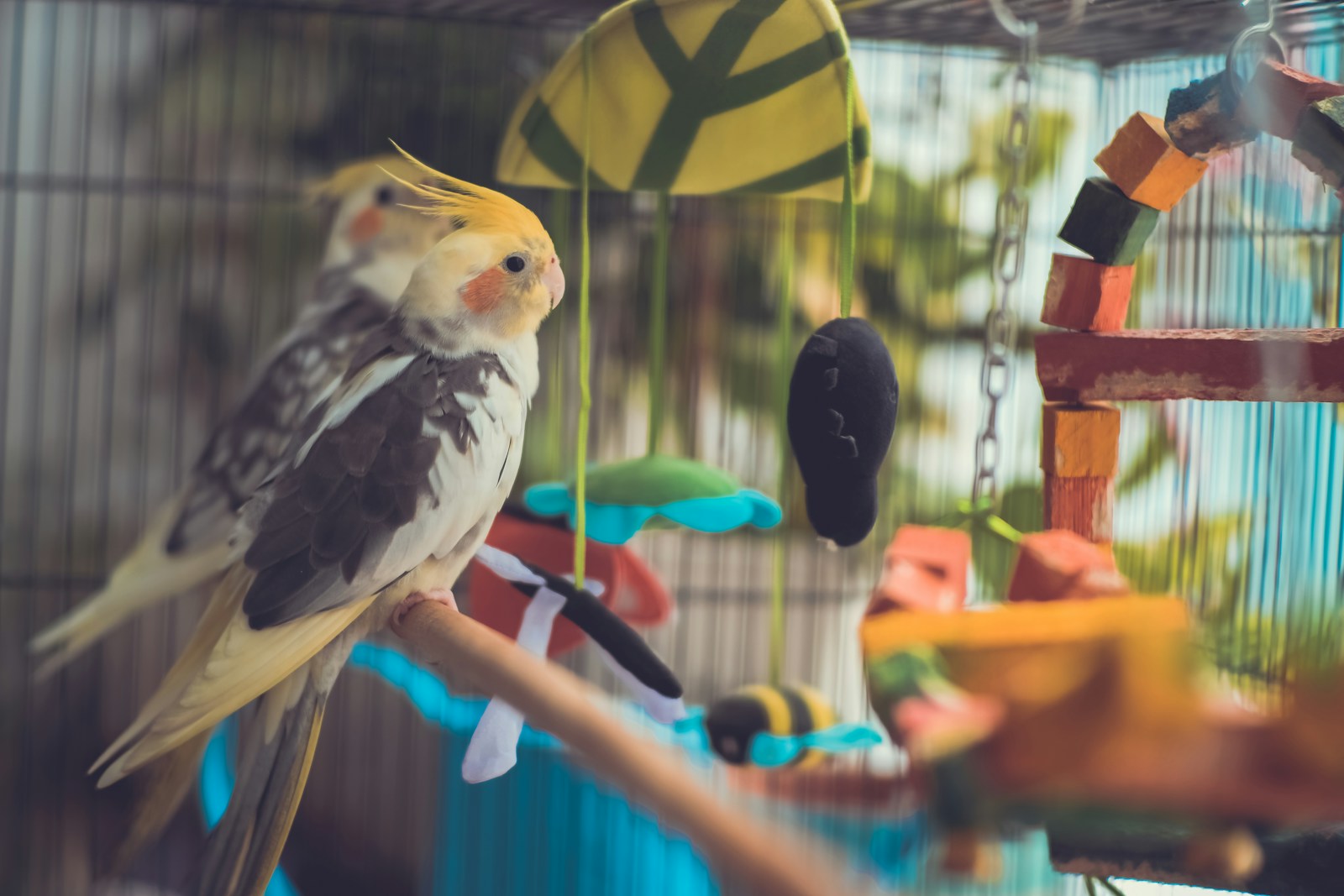

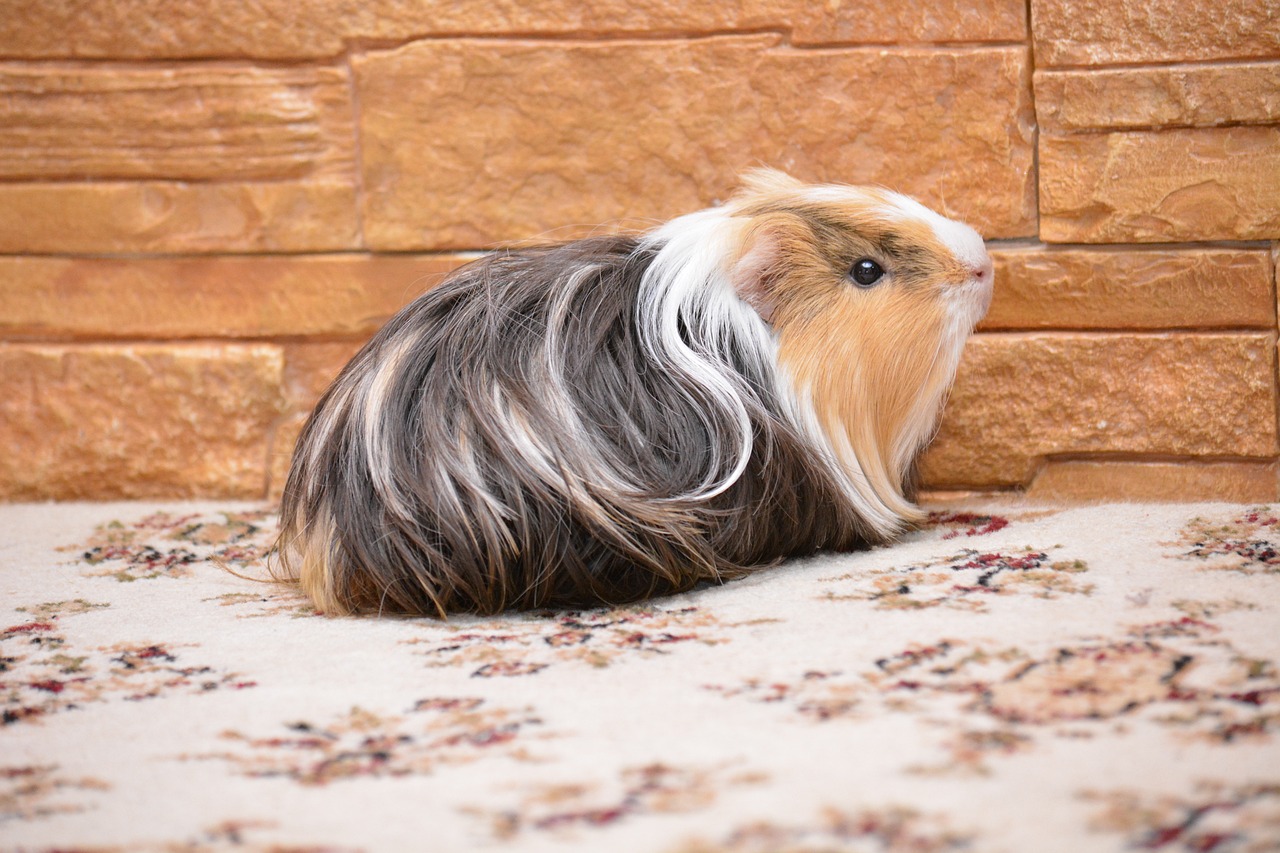
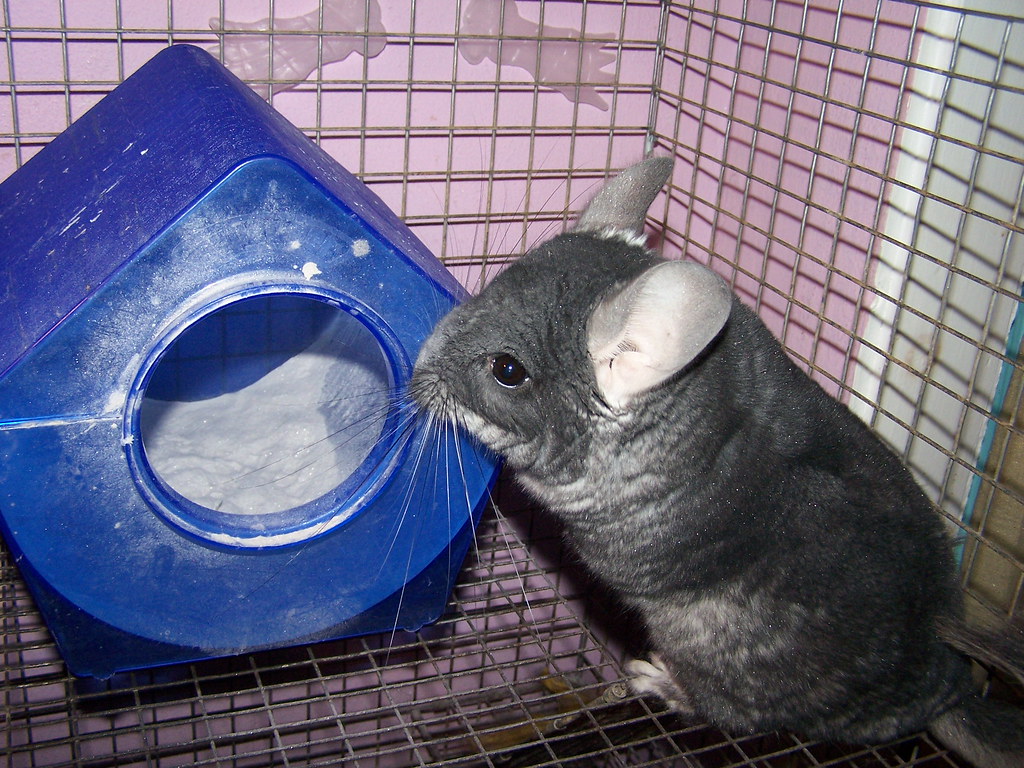
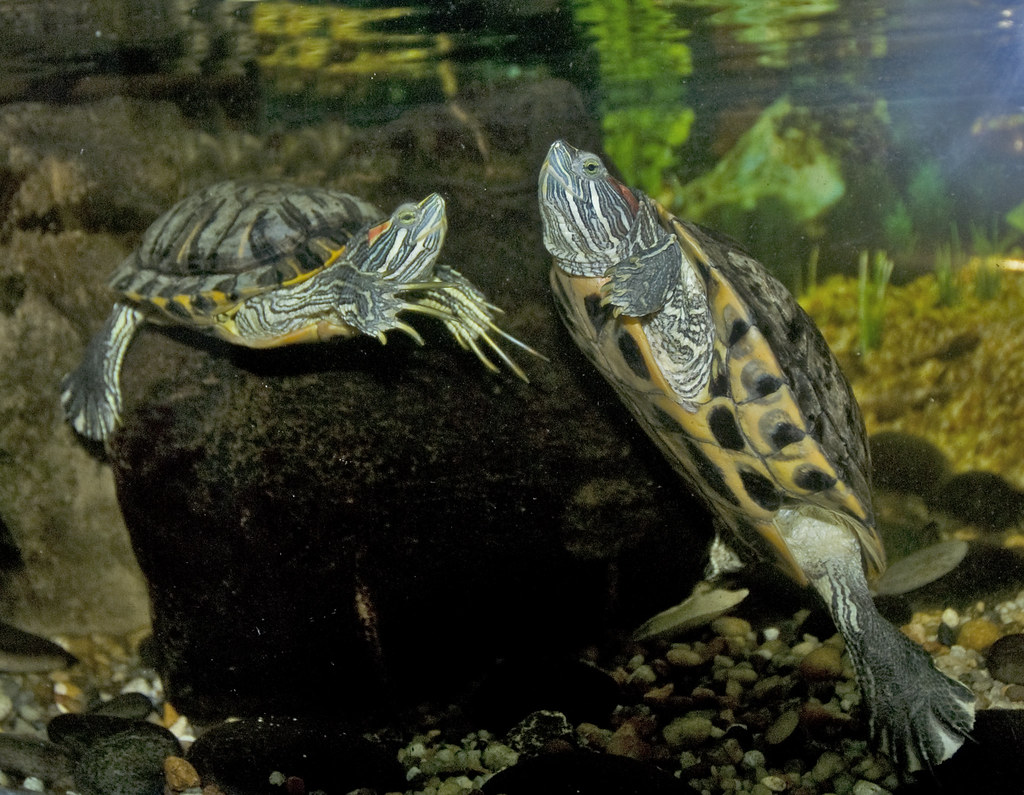
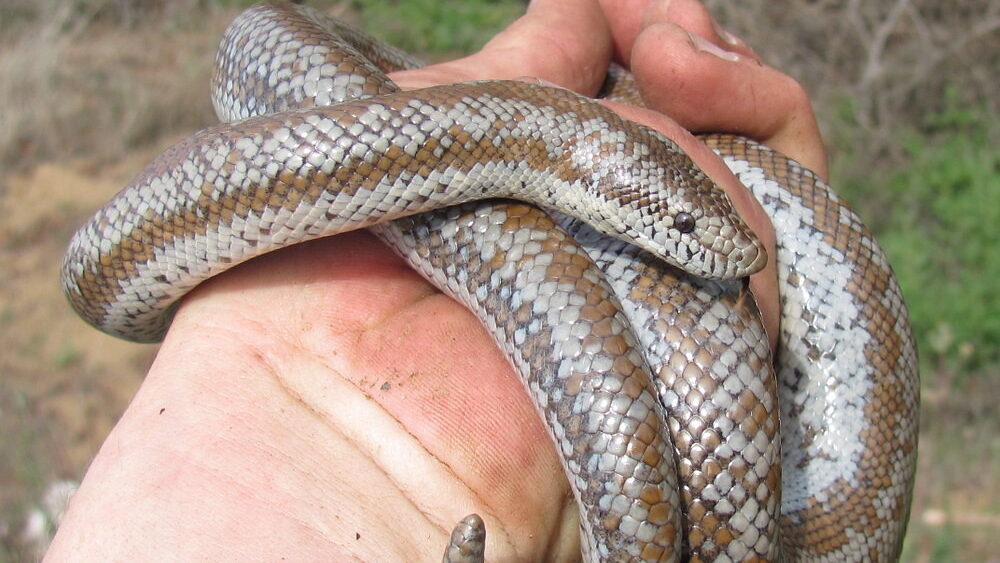
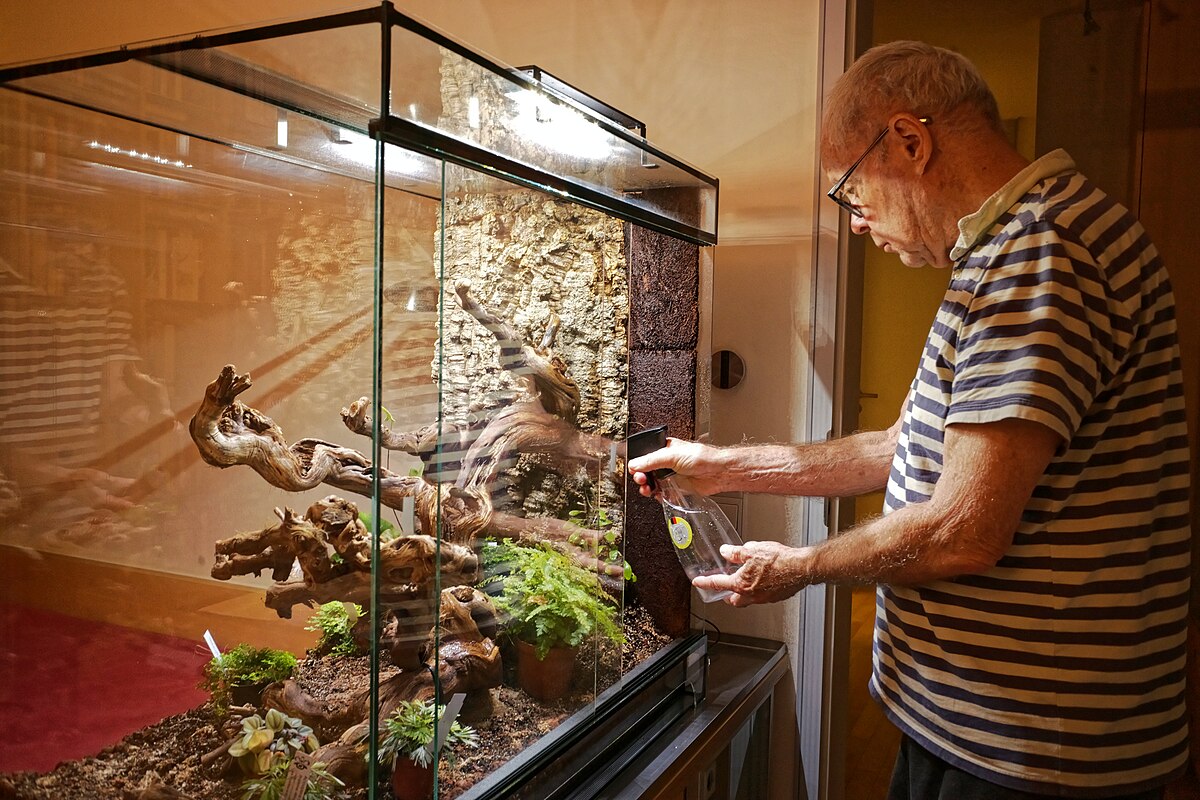
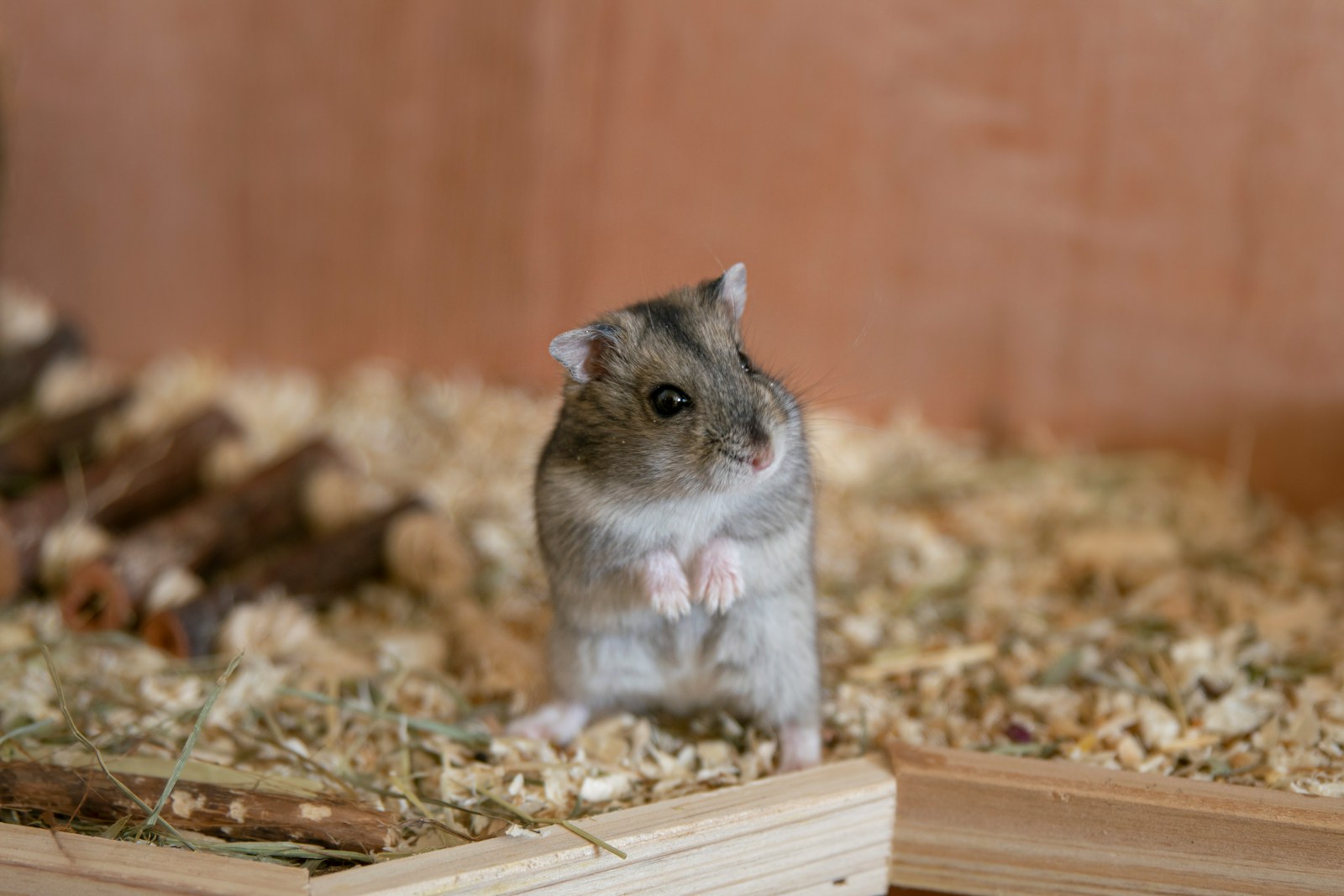




Leave a Reply